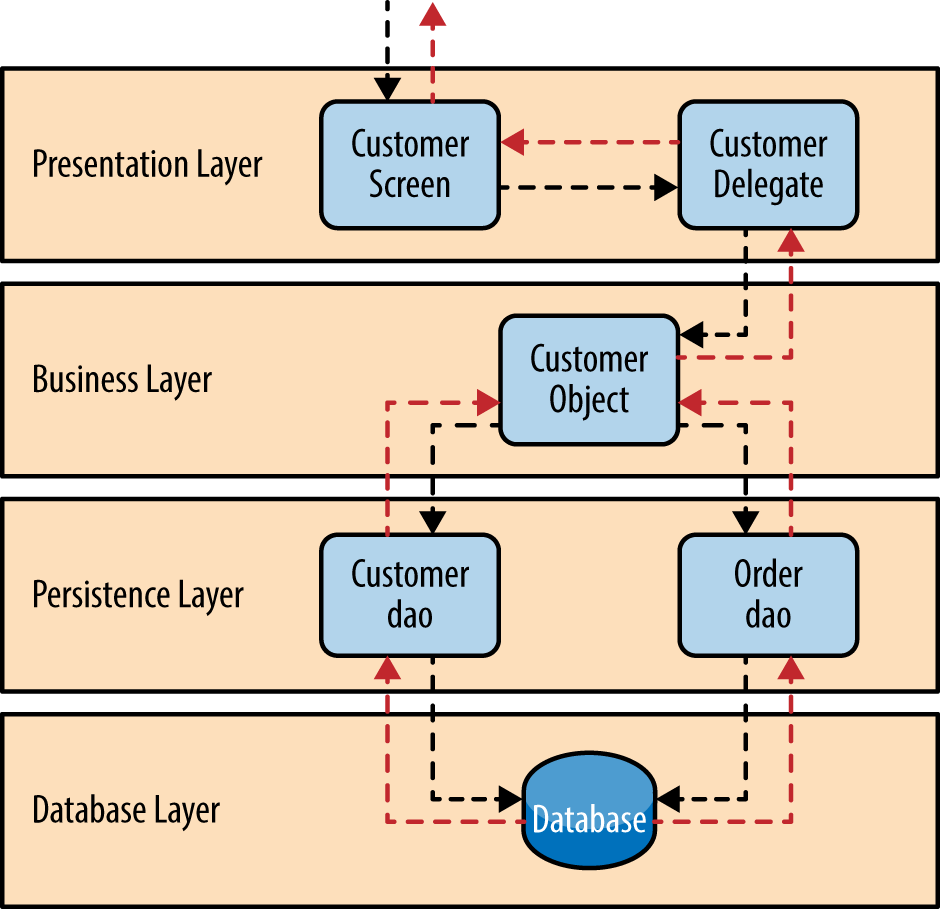Table Of Content

Structural object-patterns define ways to compose objects to obtain new functionality. Design patterns help to solve common design issues in object-oriented software. You will continue to learn and practice expressing designs in UML, and code some of these patterns in Java. A design pattern in software engineering is a reusable solution to a commonly occurring problem within a given context. It provides a description or template for how to solve a problem that can be used in many different situations.
software architecture patterns
The authors refer to inheritance as white-box reuse, with white-box referring to visibility, because the internals of parent classes are often visible to subclasses. Design models in software engineering are representations of the structure, behavior, and interactions of a software system. They help developers visualize and communicate the design of a system before its implementation. In the important process of choosing the right tech stack, ensure that the language has the features needed to avoid an over-reliance on design patterns. Alternatively, the choice in tech stack can lead you to a framework that already has these design patterns implemented directly in the framework in the most ideal way possible. A structural design pattern deals with class and object composition, or how to assemble objects and classes into larger structures.
Is financial aid available?
This pattern provides ways to decrease object count thus improving application required objects structure. Flyweight pattern is used when we need to create a large number of similar objects. Stick to these best practices, and you'll be well on your way to improving your software development skills in 2023 and beyond. Provides an interface for creating families of related or dependent objects without specifying their concrete classes. It stores static content (information that doesn't change often, like an author's bio or an MP3 file) separately from dynamic content (like stock prices). It's very efficient for delivering content and media that doesn't change often, but downsides include data consistency and higher storage costs.
Advantages of Structural Design Patterns
It is used when we have to perform an operation on a group of similar kind of Objects. With the help of visitor pattern, we can move the operational logic from the objects to another class. Provides a placeholder for another object to control access, synchronization, or adding/removing functionality.
The 7 Software Architecture Books Experienced Developers Need to Read - hackernoon.com
The 7 Software Architecture Books Experienced Developers Need to Read.
Posted: Thu, 03 Aug 2023 07:00:00 GMT [source]
Finding Truth And Beauty Through Software Design Patterns
Most behavioral design patterns are specifically concerned with communication between objects. So, the next time you encounter a recurring problem in software design, think about how design patterns can help you create elegant and efficient solutions. Design patterns have a rich history that dates back to the architectural domain. In 1977, Christopher Alexander introduced the concept of design patterns in his book “A Pattern Language,” which focused on architectural design principles.

Chain of responsibility pattern is used to achieve loose coupling in software design where a request from the client is passed to a chain of objects to process them. Later, the object in the chain will decide themselves who will be processing the request and whether the request is required to be sent to the next object in the chain or not. All these different types of patterns are useful in solving various software design problems. Patterns are often confused with algorithms, because both concepts describe typical solutions to some known problems.
Design patterns help improve the quality, maintainability, and scalability of software systems. Each pattern addresses a specific problem and provides a proven solution that you can apply to your software designs. Since then, design patterns have become an integral part of software engineering education and practice. They provide a shared vocabulary and a set of proven solutions that developers can leverage to solve common design problems.
Software Design Patterns Tutorial
The annual Pattern Languages of Programming Conference proceedings [12] include many examples of domain-specific patterns. Most development resources that a programmer uses involve configuring the codebase to use an artifact such as a library (to name just one example). In contrast, to use a pattern, a programmer writes code as described by the pattern. The result is unique every time even though the result may be recognizable as based on the pattern. Using a pattern is intended to leverage an existing concept rather than re-inventing it. This can decrease the time to develop software and increase the quality of the resulting program.
Structural patterns are concerned with how classes and objects are composed to form larger structures. Structural class patterns use inheritance to compose interfaces or implementations. The MVC model also allows multiple developers to work on different parts of the application at the same time. The risk, however, is that exposing the model to view can introduce security and performance concerns. The adapter design pattern is a “wrapper” that converts one kind of interface into another existing kind of interface.
They advocate for a comprehensive structure of a design pattern that encompasses elements such as motivation, problem, solution, structure, implementation, and examples to ensure meaningful application. The study of design patterns has been excessively ad hoc, and some have argued that the concept sorely needs to be put on a more formal footing. At OOPSLA 1999, the Gang of Four were (with their full cooperation) subjected to a show trial, in which they were "charged" with numerous crimes against computer science.
The layered pattern makes it easy to write applications quickly, but a disadvantage is that it can be hard to split up the layers later. It is one of the most popular initialisms in the world, and especially the digital world. It is an acronym for the phrase “read the [freaking] manual”, and has been around for quite some time.
No comments:
Post a Comment